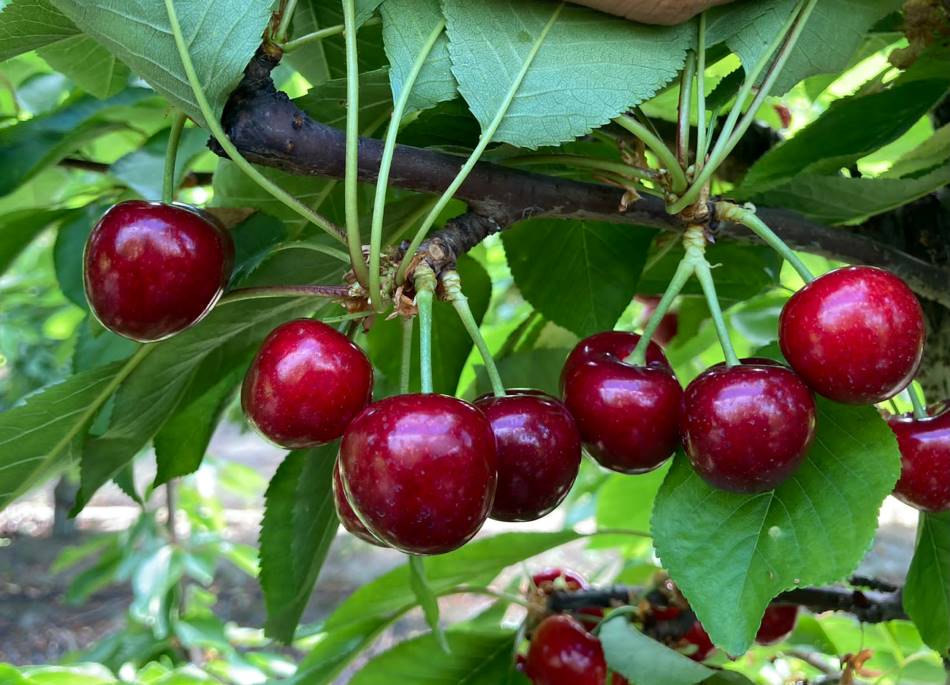Sour cherries (Prunus cerasus L.) have a very large genome (tetraploid). This is due to the fact that during evolution, meaning the transition from wild ancestors to modern varieties, the genomes of the parent plants combined. The size and complexity of the genome have so far made it difficult to decode the complete genetic sequence of some varieties.
A research group from the Julius Kühn Institute (JKI) in Dresden, the University of Greifswald, and the Dutch company KeyGene has now succeeded in doing this for the “Schattenmorelle” variety. In “Frontiers in Plant Science,” the researchers describe how they decoded the building blocks of the large genome using an innovative technology capable of generating long DNA sequences and bioinformatics tricks.
With the genome sequence of the sour cherry, all the important genetic data are now available to draw conclusions about the origin of sour cherries.
 The steppe cherry, depicted here as a flowering shrub, is clearly a parent of today's sour cherry species.
The steppe cherry, depicted here as a flowering shrub, is clearly a parent of today's sour cherry species.
“Sour cherries originated in the regions of the Caspian Sea and the Black Sea through the natural crossbreeding of the two parental species of the steppe cherry (Prunus fruticosa Pall.) and the sweet cherry (P. avium L.),” reports Dr. Thomas Wöhner from JKI in Dresden-Pillnitz. The exact time and place of this “spontaneous mating” and its effects on the genome structure are not yet fully clarified.
“What is certain, however, is that the two parental species initially developed separately from each other. Later, in areas where they evolved simultaneously, a random hybridization must have occurred, giving rise to today’s sour cherries,” explains the researcher. As confirmed by the genome sequence of the sour cherry, the genome of the sour cherry is made up of two parts. One half of the chromosomes comes from the sweet cherry, and the other from the steppe cherry.
Source: Bionity.com
Image: Bionity.com
Cherry Times - All rights reserved












